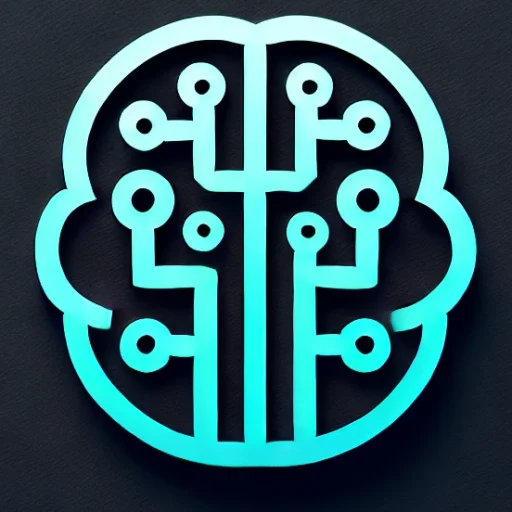
Introduction
In recent years, the field of Artificial Intelligence (AI) has experienced exponential growth, with generative AI emerging as one of the most transformative and impactful developments. This powerful subset of AI is not only redefining creative processes but also revolutionizing numerous industries with its ability to generate high-quality content, designs, and solutions autonomously. From art and entertainment to healthcare and engineering, generative AI is paving the way for innovative advancements and redefining what machines are capable of achieving.
Key Insights & Latest Advancements
Generative AI leverages techniques such as Generative Adversarial Networks (GANs) and Transformer models to create new content that mimics human-like creativity. Breakthroughs in natural language processing (NLP) and computer vision have enabled machines to generate text, images, music, and even entire virtual worlds with remarkable precision and realism.
Recent advancements include OpenAI’s GPT-4, which has set new benchmarks in language generation, and Google’s DeepDream, which pushes the boundaries of image creation. These technologies are continuously evolving, with more sophisticated models being developed to enhance creativity, efficiency, and accuracy.
Real-World Applications
The applications of generative AI span across diverse domains:
-
Art and Entertainment: Artists and musicians are using AI to co-create paintings and music, pushing the boundaries of traditional media. Films and video games are incorporating AI-generated characters and storylines, providing unique and immersive experiences.
-
Healthcare: Generative AI is aiding in drug discovery by simulating molecular interactions and generating potential drug compounds, significantly accelerating the research process.
-
Manufacturing and Design: In engineering, AI is autonomously designing optimized components and structures, reducing material waste and enhancing performance.
-
Marketing and E-commerce: Businesses are leveraging AI to personalize product recommendations, create targeted advertisements, and dynamically generate content for marketing campaigns.
Challenges & Future Outlook
Despite its potential, generative AI also faces several challenges. Ethical considerations surrounding AI-generated content, such as authenticity, copyright, and bias, need careful attention. Additionally, the computational power required to train these sophisticated models is immense, posing environmental and economic concerns.
Looking ahead, the future of generative AI is promising. As technology advances, we can expect more seamless integrations into everyday applications and industries. Innovations in model efficiency and ethical frameworks will likely play a crucial role in addressing current challenges, ensuring that AI remains a powerful tool for societal progress.
Conclusion
Generative AI is undeniably one of the most exciting areas in technology today, with its capability to transform how we create, interact, and solve problems. As this technology continues to evolve, it holds the promise of unlocking new realms of possibility, making it an essential driver of the future digital landscape. Stakeholders in technology, business, and society at large must remain engaged with both its advancements and challenges, ensuring a balanced approach to harnessing its potential.
Key Takeaways:
- Generative AI is reshaping industries by enabling machines to autonomously create content and solutions.
- Latest advancements in AI, like GPT-4 and DeepDream, are pushing the boundaries of creativity and efficiency.
- Real-world applications are vast, impacting art, healthcare, manufacturing, and more.
- Ethical and environmental challenges need addressing to ensure responsible AI development.
- The future of generative AI holds immense potential for innovation and societal impact.

